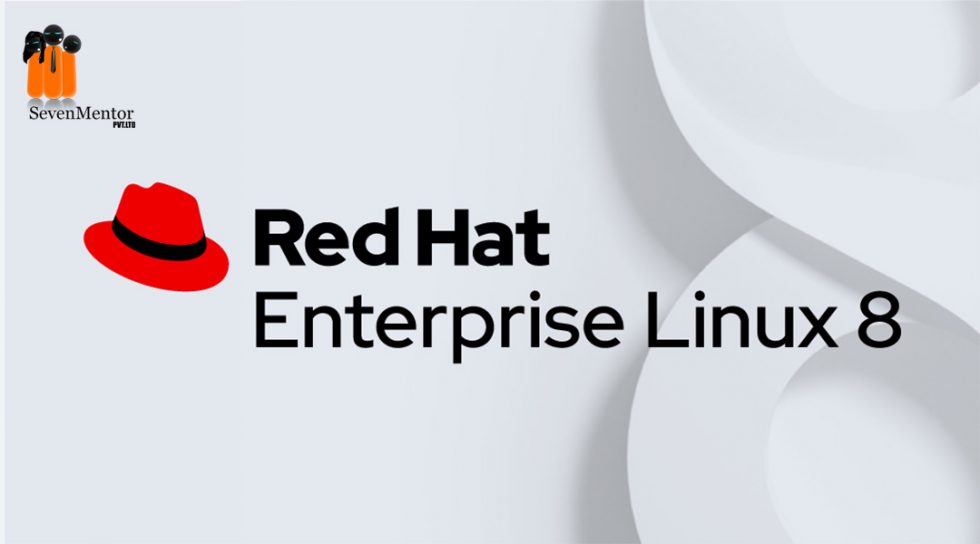

Glibc was updated to version 2.1.92, which was a beta of the upcoming version 2.2 and Red Hat used a patched version of GCC from CVS that they called "2.96". Version 7 was released in preparation for the 2.4 kernel, although the first release still used the stable 2.2 kernel. It also introduced Kudzu, a software library for automatic discovery and configuration of hardware. It was the first version to use the GNOME as its default graphical environment. In version 6 Red Hat moved to glibc 2.1, egcs-1.2, and to the 2.2 kernel. It also introduced a built-in tool called Lokkit for configuring the firewall capabilities. Red Hat Linux introduced a graphical installer called Anaconda developed by Ketan Bagal, intended to be easy to use for novices, and which has since been adopted by some other Linux distributions. Version 3.0.3 was one of the first Linux distributions to support ELF (Executable and Linkable Format) binaries instead of the older a.out format. Red Hat Linux 9, the final release, hit its official end-of-life on April 30, 2004, although updates were published for it through 2006 by the Fedora Legacy project until the updates were discontinued in early 2007. Fedora Linux, developed by the community-supported Fedora Project and sponsored by Red Hat, is a free-of-cost alternative intended for home use. In 2003, Red Hat discontinued the Red Hat Linux line in favor of Red Hat Enterprise Linux (RHEL) for enterprise environments. It was the first Linux distribution to use the RPM Package Manager as its packaging format, and over time has served as the starting point for several other distributions, such as Mandriva Linux and Yellow Dog Linux. Red Hat published the first non-beta release in May 1995. Įarly releases of Red Hat Linux were called Red Hat Commercial Linux. Red Hat Linux was a widely used commercial open-source Linux distribution created by Red Hat until its discontinuation in 2004. GNOME 2.2, the default desktop on Red Hat Linux 9


 0 kommentar(er)
0 kommentar(er)
